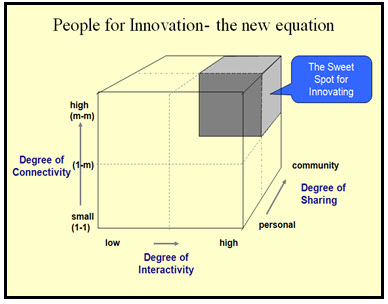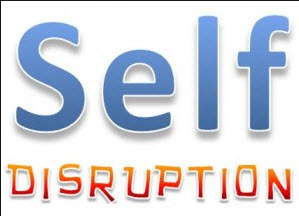Fitness Landscape Dynamics
Innovation is not so easy. There are so many dependencies that you need to work through. The importance of recognizing innovation needs a systematic approach becomes clear when you begin to work through all the needs and issues to understand and translate. Here are some thoughts:
By exploring and modelling the mutual dependencies, you get to see how the existing and alternative future innovation system will behave as you begin to map out and recognize the different emphasis points that make up your innovation system.
You can begin to identify the more important dynamic ones that require a more dedicated focus and place more of your resources behind. In contrast, others can evolve at their own pace or simply improve as they are far more dependent on the dynamic ones than you realized initially. These can get simply get ‘pulled along’ and rise equally in their performance.





 “Why do we always seem to have internal difficulties to self-disrupt?”
“Why do we always seem to have internal difficulties to self-disrupt?”

